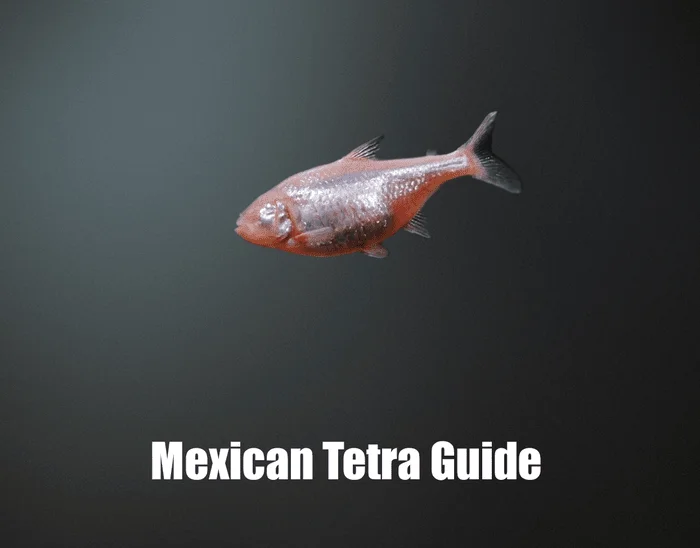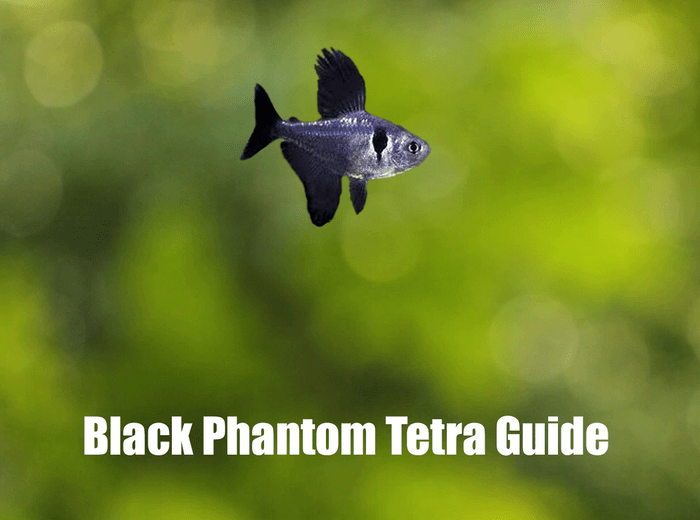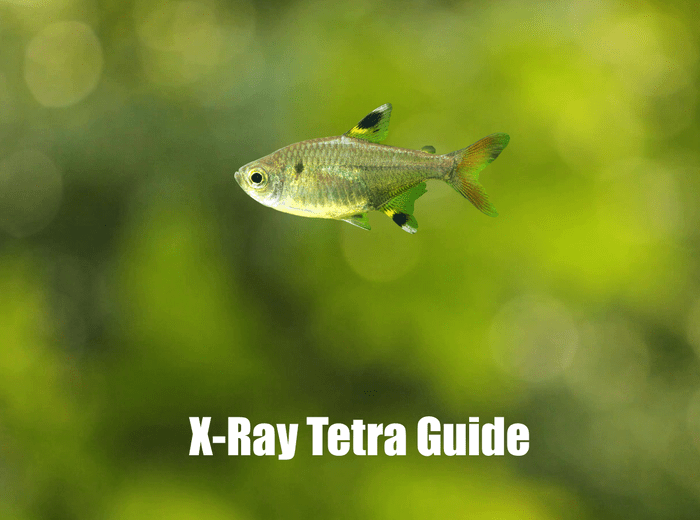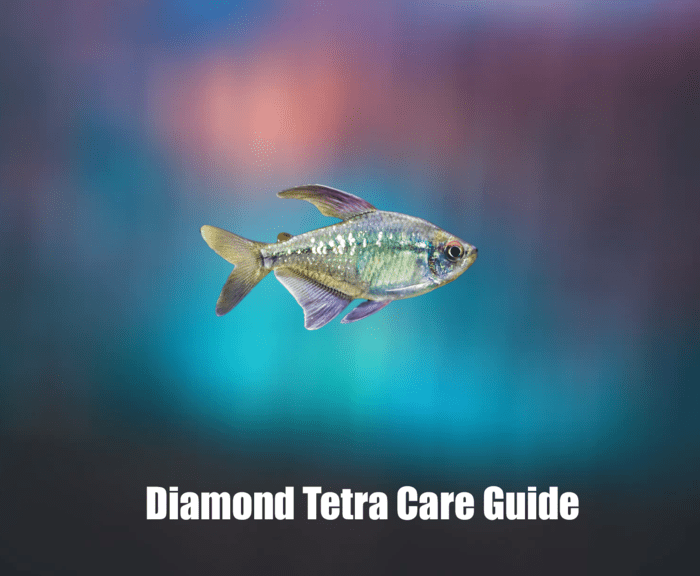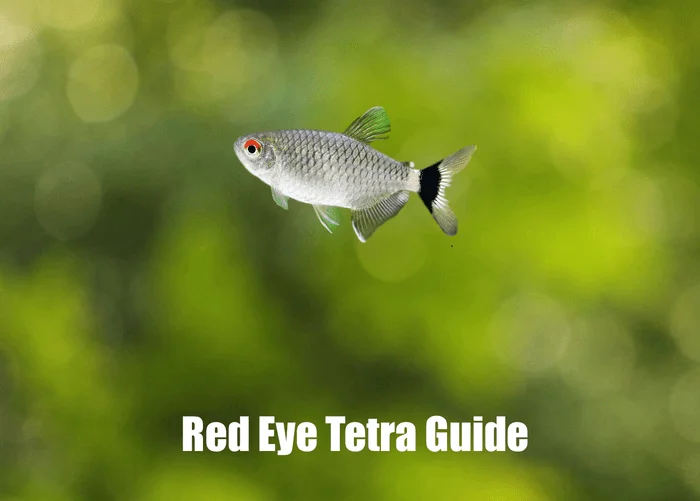Complete Care Guide for Colletti Tetra: Creating a Unique Aquarium
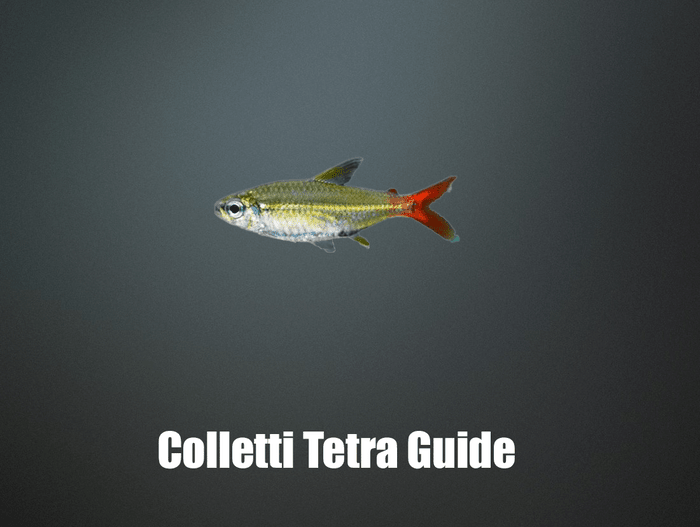
Introduction
Considering the Colletti Tetra for your aquarium or aiming to improve their care? This comprehensive guide is designed for aquarists across all skill levels. The Colleti Tetra, also known as Moenkhausia collettii, is renowned for its striking appearance and lively behavior in the water. They make an enchanting addition to any freshwater tank. This guide will encompass all the essential information needed to guarantee your Colleti Tetras flourish.
Understanding Colletti Tetra
Origin and Characteristics
The Colletti Tetra, native to the freshwater rivers and streams of South America, particularly in areas surrounding Brazil, is a charming addition to the aquarium hobby. These medium-sized fish, typically reaching about 2 inches in length, are celebrated for their shimmering, silver bodies with subtle hints of iridescent coloring that make them a striking presence in any aquarium. Their most notable feature is the dark longitudinal stripe running through their body, coupled with flashes of red around the eyes and fins, enhancing their visual allure.
The males of the species become particularly vibrant during the breeding season, with more vivid colors and enhanced finnage. Their peaceful demeanor and ability to adapt to various tank conditions make them particularly attractive to aquarists. They are active swimmers and tend to form schools in the middle layers of the water, engaging in playful chases that contribute to a dynamic and lively aquarium environment.
Behavior and Tank Mates
Colletti Tetras are sociable, schooling fish that thrive in groups of six or more. They are perfect for community aquariums that house other non-aggressive, similarly sized species. Their elegant swimming style and peaceful disposition endear them to many aquarium enthusiasts. Some common and compatible tank mates for Colletti Tetras include:
- Other Peaceful Tetras: Such as Neon or Rummy Nose Tetra.
- Dwarf Cichlids: Like Apistogrammas, which are also peaceful.
- Peaceful Barbs: Like Cherry Barbs.
- Dwarf Corydora: Peaceful bottom dwellers.
- Small Rasboras: Harmonize well in a community tank.
- It’s important to choose tank mates that are peaceful and won’t outcompete the Lemon Tetra for food
Remember, while choosing tank mates, consider factors like water parameters, size, temperament, and dietary needs to ensure a harmonious aquarium. Also, always introduce new fish gradually and monitor their interactions to ensure a peaceful environment. 🐠
Setting Up the Perfect Tank
Tank Size and Conditions
A 20-gallon tank or larger is recommended for a school of Colletti Tetra but they will benefit from some more swimming room. These Tetra thrive in specific water conditions that mimic their natural habitat. Additionally, maintaining ideal water parameters is the key to ensuring their health and well-being in a home aquarium. Here’s a breakdown of their ideal water conditions:
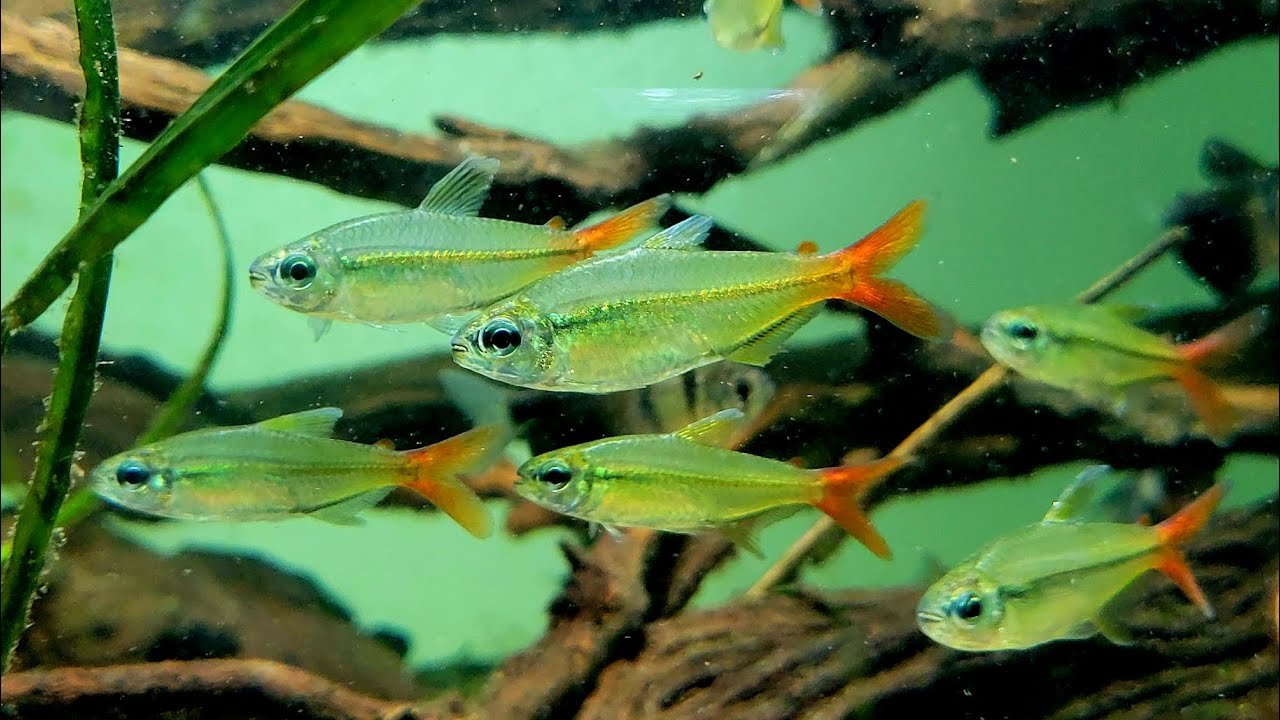
- Temperature: 72°F to 82°F (22°C to 28°C). This tropical temperature range helps in promoting their natural behavior and vibrant coloration.
- pH Level: 6.0 and 7.5, slightly acidic to neutral water conditions.
- Water Hardness: 5-15 dGH, indicating they prefer soft to moderately hard water
- Water Quality: Like most fish, Colletti Tetra require clean and well-oxygenated water. Regular water changes (about 25% per week) are recommended to maintain good water quality. It’s crucial to remove any chlorine or chloramine from tap water before adding it to the tank.
- Nitrate Levels: Keeping nitrate levels low is important, as high levels can be harmful. Aim to keep nitrates below 20 ppm.
- Ammonia and Nitrite Levels: Both ammonia and nitrite should always be at 0 ppm. Even small amounts of these can be toxic to fish.
It’s important to use a reliable aquarium test kit to regularly monitor these water parameters. Sudden changes in water conditions can stress or harm your fish, so any adjustments should be made gradually. Maintaining stable water conditions is key to the health and longevity of your Colletti Tetra. 🌊
Lighting and Decor
- Moderate Lighting: Mimic their natural, slightly shaded habitat with moderate lighting.
- Day/Night Cycle: Maintain a regular cycle, typically around 10-12 hours of light per day.
- Plants: Dense vegetation, including tall and floating plants, to provide hiding spaces and a natural environment.
- Substrate: A dark-colored substrate can enhance the natural colors of the fish.
- Hiding Places: Include driftwood, rocks, and caves for shelter.
- Open Swimming Space: Ensure ample free-swimming space to accommodate their active swimming behavior.
Diet and Nutrition
Feeding Habits
Colletti Tetra are omnivorous. Therefore, a balanced diet including high-quality flake foods, frozen or live brine shrimp, daphnia, and occasional vegetable supplements will keep them healthy.
Feeding Schedule
Feed them small amounts once or twice a day, being careful not to overfeed.
Frequently Asked Questions
Colletti Tetras can grow up to about 2 inches (5 cm) in length.
It’s recommended to keep them in groups of at least 6 to ensure they feel secure and display natural schooling behavior.
Colletti Tetras are not aggressive; they are peaceful fish suitable for community tanks with other non-aggressive species.
Health and Wellness
Breeding Tips
Breeding Colletti Tetra can be a rewarding experience, but it requires a bit of preparation and understanding of their breeding behavior. Here are some tips to help you successfully breed Colletti Tetra:
- Breeding Tank: Set up a separate tank with soft, slightly acidic water (pH around 6.0-6.5) and a temperature of about 77°F (25°C). Dim lighting and fine-leaved plants or spawning mops are recommended.
- Identifying and Introducing Breeding Pairs: Choose healthy, mature fish (around 6-12 months old). The males are typically brighter and have slightly longer fins. Introduce them into the breeding tank, ideally one male to every two females.
- Condition the Breeders: Feed them high-quality live or frozen foods to encourage spawning.
- Spawning Process: Introduce a well-conditioned pair or small group. Spawning usually occurs in the morning.
- Post-Spawning Care: Remove the adults post-spawning to prevent egg predation. The eggs typically hatch in about 24-36hrs.
- Rearing Fry: Start with infusoria or liquid fry food, then graduate to baby brine shrimp as they grow.
Remember, patience is key when breeding fish. It might take a few attempts before you see success. Keep a close eye on the water parameters and the health of both the adult fish and the fry to ensure a successful breeding experience. Good luck!
Common Health Concerns
Colletti Tetra, while hardy, are not immune to the health issues that affect many tetra species, such as ich (white spot disease) and fungal infections. These conditions can be especially problematic for Colletti Tetras, whose lively demeanor and distinctive appearance make them standout inhabitants of any aquarium. To safeguard their health, it is crucial to maintain pristine tank conditions. This involves conducting regular water changes, ensuring stable water parameters (pH, temperature, and hardness), and providing a nutritious diet to enhance their immune system.
Moreover, accommodating their preference for slightly acidic water is important to mimic their natural South American river environments. Vigilant observation for signs of stress or illness, followed by immediate intervention, is critical. Prompt identification and treatment can halt the progression of these common issues. A clean, consistent habitat and a deep understanding of Colletti Tetras’ specific requirements are fundamental to witnessing their vibrant activity and beauty in your aquarium. Embracing effective aquarium management practices is essential for keeping your Colletti Tetras in peak condition.
Life Expectancy
With proper care, these tetras can live up to 3-5 years. Regular monitoring and maintenance of the tank environment are key to their longevity
Colletti Tetra Wrap Up
In conclusion, Colletti Tetras add a wave of shimmering elegance and vivacious energy to any freshwater aquarium. By adhering to the recommendations provided in this detailed care guide, you can create a thriving habitat that meets the distinct requirements of your Colletti Tetras. With their sleek, iridescent bodies and enthusiastic schooling nature, these fish not only elevate the aesthetic appeal of your aquarium but also play a vital role in fostering a vibrant aquatic environment. The foundation of a flourishing and healthy aquarium is built on sustaining a consistent and supportive setting. Ensuring your Colletti Tetras receive appropriate water conditions, a nutritious diet, and attentive maintenance will guarantee that these enchanting creatures continue to prosper, bringing their spirited grace and allure to your aquatic display.
Share Your Tetra Experiences
Do you have any stories or tips about your Tetra tank? Share them in the comments below!
Help Others Discover This Guide
Navigate the Tetra in your tank with confidence. This guide is your pathway to creating a vibrant and healthy aquatic showcase. Enjoy the dazzling colors and lively nature of these unique fish!

